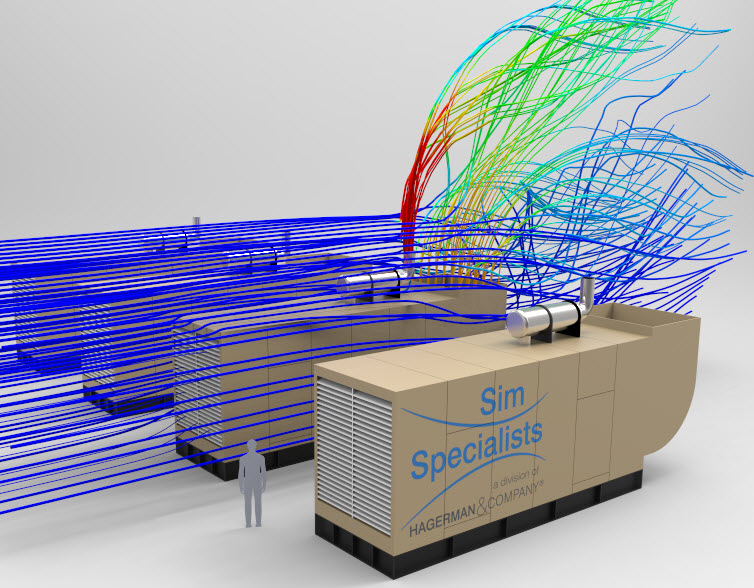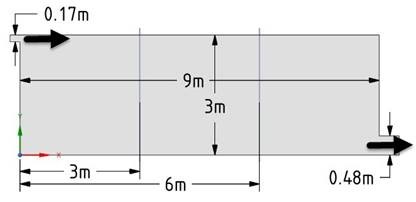
FEA can be done at any point of the design process and reduces the amount of experimental tests required, saving time and reducing cost.
With this kind of simulation, you can refine a design concept prior to the creation of drawings, at a point when only a small budget has been committed, and changes are inexpensive to make.
Once a model has been developed, you can use the analysis to help evaluate the feasibility of the design without having to build a physical prototype.
Since users can specify the actual shape, load, constraints, and materials property combinations with great accuracy, FEA has the ability to deliver much greater precision than conventional hand analyses.
FEA also allows designers and engineers to generate a variety of reports, such as vector plots, section cuts, isosurfaces, animations, graphs, and text output, to help interpret and analyze the results.
How to Improve the Accuracy of FEA

FEA modeling activities involve four steps: model development, verification, predictive calculations, and uncertainty assessment. After following these steps, you’ll be able to validate the results alongside experimental activities before you apply them to the final design.
Your analysis is only as good as the structure of the simulation. To make sure you get accurate results using FEA, you’ll need to:
-
Establish engineering criteria that will be used to evaluate the design.
-
Determine if you can use symmetry in the structure to model a smaller representative portion or cross-section so you can use finer mesh without adding to run time.
-
Define how much of the structure you need to model and the analysis type you need (static vs. dynamic, linear vs. non-linear).
-
Define nonlinearities, including geometric, materials, and changing status.
-
Select the correct elements, the number of elements, the element order, and their distribution.
-
Ensure that you enter forces, displacements, and material properties with the same units.
-
Determine how fine the mesh needs to be (a coarse mesh may be sufficient for a simple comparison, but a finer one is required to test for accurate stress and fatigue).
-
Critically evaluate the results and make modifications in the model to improve accuracy.
-
Take into account the implications of assumptions used.
-
Quantify uncertainties, such as variability of parameters.
-
Validate the model for specific uses.
How to Avoid Challenges When Using FEA

Thorough planning and careful modeling is the key to avoiding some common pitfalls when conducting FEA.
Remember that “garbage in, garbage out” means the result of your analysis is only as good as the quality of your input.
Here’s what you can do to minimize errors or troubleshoot results in your FEA:
-
Double check your geometry and use the proper conversion factor.
-
Investigate all possible combinations of loads.
-
Review the simplifications made. (Fillets can prevent singularity, and it’s also important to include holes in areas of high stress in the model).
-
Take the Poisson Effect into account. When you use the software to pull something in one direction, it shrinks in the perpendicular direction. If there’s a potential “lift-off” at the support, you may need to include the contact in the model.
-
Pay attention to mesh distortion – the greater the distortion, the greater the potential error. Most FEA software comes with distortion checks and will warn you if elements exceed those limits.
-
Keep an eye on error messages and warnings from your simulation software, such as load or constraints not applied and undefined material properties.
-
Ensure thorough verification and careful interpretation of results. Pay attention to stress criteria, factors of safety, displaced shape, and stress hotspots.
-
Keep in mind that the simulation is an approximation. Compare test results to theory and check the entire model when verifying your results.
-
Conduct sensitivity analysis and calibration against test data, field data, engineering experience, hand calculations, and simplified analyses to adjust for compliance in joints, uncertain boundaries, and material variations.
-
Document everything, including all decisions made, simplifications applied, and all data stemming from tests, materials, and results.
Not All FEA Simulations Are Created Equal

As an approximate numerical method, we can expect the result of any FEA to contain a certain degree of error.
The reliability of your FEA model is dependent upon the knowledge and experience of the analysts who set up the model, run the simulation, and interpret the results.
A key factor in the success of FEA is using the latest technology.
That’s why Hagerman’s Structural FEA Simulation service has been trusted by clients from various industries to help them predict and optimize the performance of their designs over the years.
Not only do we have a team of experts to work as a direct extension of your design team but we also provide you with the latest simulation technologies.
Get in touch to see how we can help.




Comments